A sticky brake caliper can be a source of frustration, compromising your vehicle’s braking performance and potentially causing uneven wear on your brake components. When a brake caliper fails to release properly, it can lead to excessive heat, reduced fuel efficiency, and increased brake pad wear.
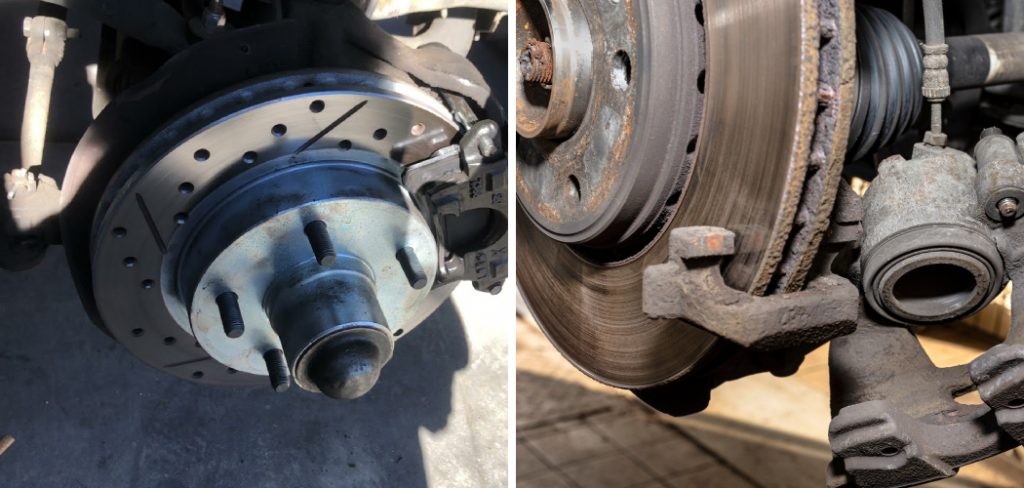
Learning how to fix sticky brake caliper is essential for maintaining optimal braking functionality and ensuring a safe driving experience. In this detailed guide, we’ll explore the common causes behind a sticky brake caliper, ranging from corrosion and brake fluid issues to caliper piston problems.
Armed with practical troubleshooting steps and effective solutions, you’ll gain the expertise needed to diagnose and rectify a sticky brake caliper, restoring your vehicle’s braking system to peak performance and promoting overall safety on the road.
Importance of Addressing a Sticky Brake Caliper
Ignoring the signs of a sticky brake caliper can have dangerous repercussions for your vehicle’s operation and your safety. A compromised brake system poses a risk not only to the driver but also to passengers and other road users. Additionally, the longer a sticky brake caliper goes unaddressed, the more damage it can cause to the braking system, leading to potentially costly repairs.
Early identification and repair are crucial in preventing brake fade, maintaining optimal stopping distances, and ensuring your vehicle remains reliable and safe for everyday use. Understanding how to fix a sticky brake caliper not only protects your investment but also gives you peace of mind every time you get behind the wheel.
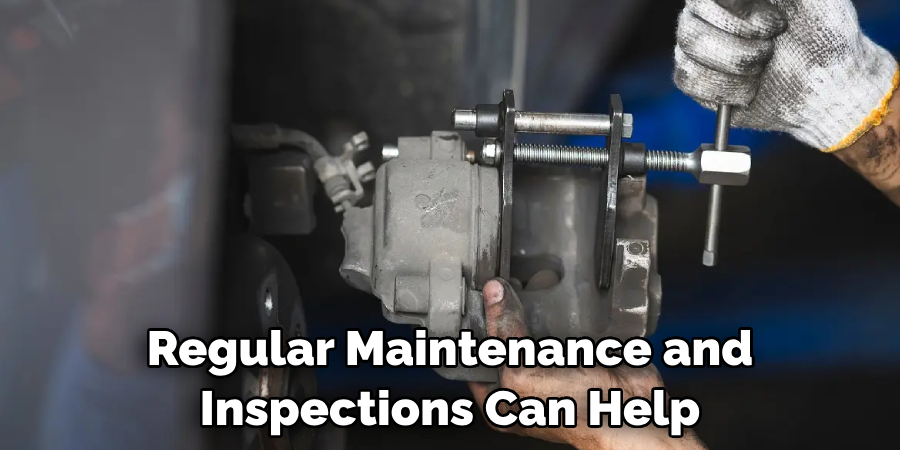
Understanding Sticky Brake Calipers
A sticky brake caliper typically occurs when the caliper pistons are unable to retract fully after you release the brake pedal. This can result from various issues such as the buildup of dirt and road grime, corrosion within the caliper mechanism, or a malfunction in the caliper’s hydraulic system.
Sometimes, the problem could also lie with the caliper slide pins, which may become rusty or unlubricated, impeding smooth operation. Identifying exactly why and how a caliper has become sticky is the first step in learning how to fix a sticky brake caliper. Regular maintenance and inspections can help prevent sticky calipers and ensure your brakes remain responsive and effective.
Precautions and Safety Measures
Before undertaking the task of fixing a sticky brake caliper, it’s essential to observe several precautionary and safety measures to ensure your well-being and avoid further damage to your vehicle. Safety should be your top priority.
- Wear Protective Gear: Always wear gloves and safety glasses to protect your hands and eyes from brake fluid, which can be corrosive, and from any debris that might come loose during repairs.
- Use Wheel Chocks: Secure the opposite wheels with chocks to prevent the vehicle from rolling while you’re working on the brakes.
- Work on a Flat Surface: Ensure your vehicle is parked on a stable, level surface before attempting any repairs.
- Depressurize the System: Before disassembling the brake system, pump your brake pedal several times with the engine off to relieve any residual pressure.
- Cleanliness is Key: Use a brake cleaner to clear any dirt or grime on and around the brake caliper before beginning your repair to prevent contamination of the brake system.
- Be Mindful of Brake Fluid: Brake fluid is damaging to painted surfaces and is hazardous to your health. Handle it carefully and clean up spills immediately.
- Follow Proper Jacking Procedure: Use a sturdy jack and jack stands to safely lift and support the vehicle before working on the brakes. Never rely on a jack alone.
- Disconnect the Battery: To be extra cautious, consider disconnecting the battery to prevent any electrical current that could interfere while you’re working with the brake system.
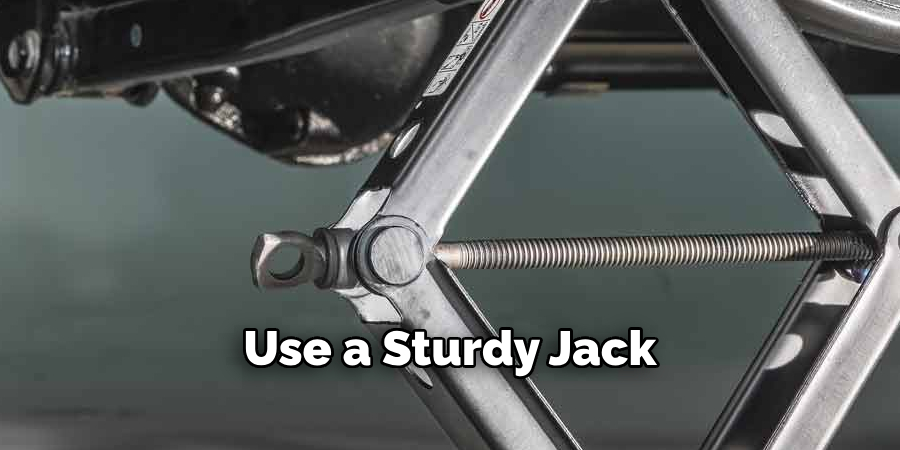
Remember, if you’re not confident in performing the steps on how to fix a sticky brake caliper or if the task feels out of your depth, seek assistance from a professional mechanic. Safety cannot be overlooked, and brakes are a vital component of your vehicle that require expert attention if necessary.
10 Methods How to Fix Sticky Brake Caliper
1. Clean the Caliper
One of the first steps in fixing a sticky brake caliper is to clean it thoroughly. Over time, dirt and debris can build up on the caliper, causing it to stick. Use a brake cleaner or soapy water to remove any buildup and ensure that the caliper can move freely.
2. Lubricate the Slides
The slides on the brake caliper are responsible for allowing it to move back and forth smoothly. If these slides are dry or corroded, they can cause the caliper to stick. Apply a high-temperature lubricant to the slides to ensure proper movement.
3. Replace the Brake Pads
Worn out brake pads can also contribute to a sticky caliper. When the pads are too thin, they can get stuck in the caliper, preventing it from releasing properly. Inspect your brake pads and replace them if necessary.
4. Check for Air in The Brake Lines
Air bubbles in the brake lines can cause uneven pressure and lead to a sticky caliper. Bleed your brakes to remove any air from the system and ensure that all four brakes are receiving equal pressure.
5. Inspect and Replace Damaged Hardware
The hardware on your brakes, such as clips and pins, can become worn or damaged over time. These components play an important role in keeping your brakes functioning properly, so be sure to inspect them regularly and replace as needed.
6. Clean or Replace Brake Rotors
Brake rotors that are warped or have excessive wear can also contribute to a sticky caliper. If cleaning does not improve their condition, consider replacing them with new ones.
7. Check for Seized Pistons
In some cases, one or more pistons within the caliper may become seized due to corrosion or debris buildup. This prevents proper movement of the caliper and causes it to stick. Carefully inspect each piston and clean or replace as needed.
8. Use a Brake Caliper Spreader Tool
If the caliper is stuck due to uneven pressure, a brake caliper spreader tool can help to reset it. This tool applies equal force to both sides of the caliper, releasing any stuck pistons or pads.
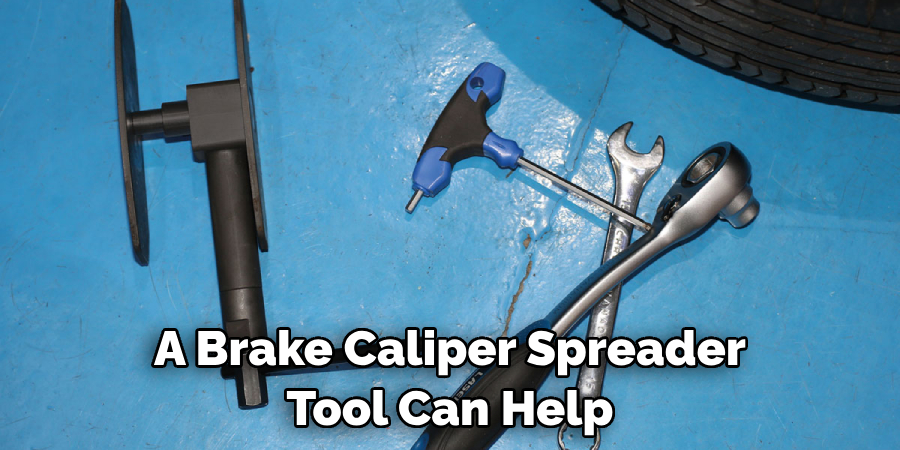
9. Inspect and Replace Brake Lines
Old or damaged brake lines can cause issues with proper fluid flow, leading to a sticky caliper. Inspect your brake lines for any signs of wear or damage and replace them if necessary.
10. Seek Professional Help
If you have tried all of these methods and your brake caliper still remains sticky, it may be time to seek professional help. A mechanic can diagnose the issue and make any necessary repairs or replacements to ensure your brakes are functioning properly.
Testing and Verification
After steps are taken to fix a sticky brake caliper, it’s critical to test your work to verify that the issue has been resolved. Proper testing ensures the safety and proper functionality of the vehicle’s braking system.
- Visual Inspection: Re-examine the brake caliper and surrounding components to confirm that everything is reassembled correctly, is clean, and is seated properly.
- Manual Testing: Before driving, press down on the brake pedal to ensure it feels firm and does not sink to the floor. Pump the brakes several times to build pressure and check for normal operation.
- Stationary Testing: With the engine running, attempt to rotate each wheel by hand; they should turn freely without too much resistance or dragging, indicating the caliper is not sticking.
- Low-Speed Testing: Conduct a test drive in a safe, contained area, like an empty parking lot. Perform gentle stops to ensure the brakes engage and release evenly and the vehicle does not pull to one side.
- Heat Check: After the test drive, touch the wheel hubs carefully; they should only be warm and not hot to the touch. Excessive heat can indicate a caliper is still sticking after application of the brakes.
- High-Speed Testing: Finally, if no issues are detected during low-speed testing, perform a high-speed test drive to ensure the brakes function correctly under normal driving conditions.
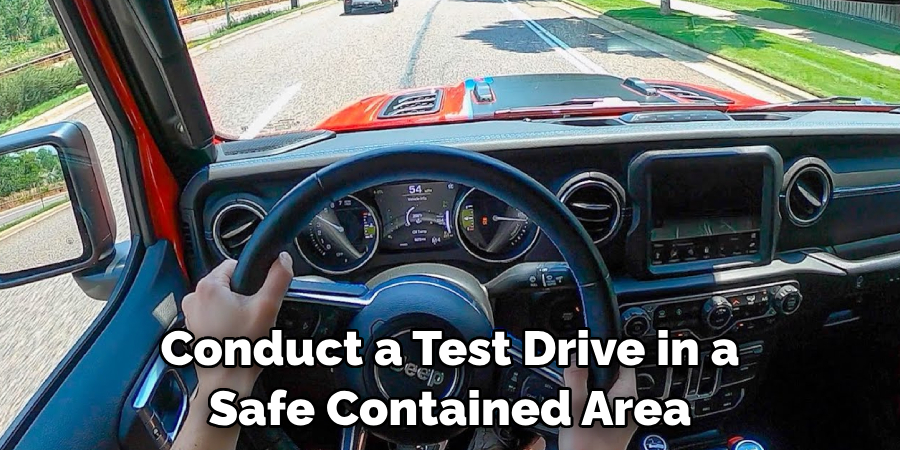
If any issues arise during these testing phases, it may be necessary to revisit your repair work or consult a professional. If the caliper functions smoothly and the vehicle stops effectively, the problem is likely fixed. Remember, regular maintenance and vigilance are key to preventing future caliper issues.
Conclusion
In conclusion, having a sticky brake caliper is not only frustrating but also dangerous. It can significantly affect the performance of your car and compromise your safety on the road. However, don’t panic if you encounter this issue as there are various steps you can take to fix it.
First, make sure to diagnose the problem accurately by checking for any visible damage or debris. Once identified, you can either adjust or replace the brake pads or have a professional clean and lubricate the caliper slides.
Remember to always use high-quality products and follow proper maintenance guidelines to prevent future sticky brake calipers. Just like our bodies need regular exercise to stay healthy, our cars also need regular check-ups to stay in top-notch condition – so make sure to regularly inspect your brakes! Thanks for reading, and we hope this has given you some inspiration on how to fix sticky brake caliper!

About
JeepFixes Team is a skilled author for Jeep Fixes, bringing 6 years of expertise in crafting a wide range of jeep fixes. With a strong background in jeep fixes work, JeepFixes Team’s knowledge spans various types of fixtures, from decorative pieces to functional hardware, blending precision with creativity. His passion for jeep fixes and design has made him a trusted resource in the industry.
Professional Focus:
Expert in Jeep Fixes : JeepFixes Team aesthetic specializes in creating durable and innovative jeep fixes, offering both appeal and functionality. His work reflects a deep understanding of jeep fixes techniques and materials.
Sustainability Advocate : He is dedicated to using sustainable practices, ensuring that every fixture is crafted with eco-friendly methods while maintaining high-quality standards.
In his writing for jeep fixes, JeepFixes Team provides valuable insights into the latest trends, techniques, and practical advice for those passionate about jeep fixes, whether they are professionals or DIY enthusiasts. His focus on combining artistry with engineering helps others discover the true potential of jeep in design.
